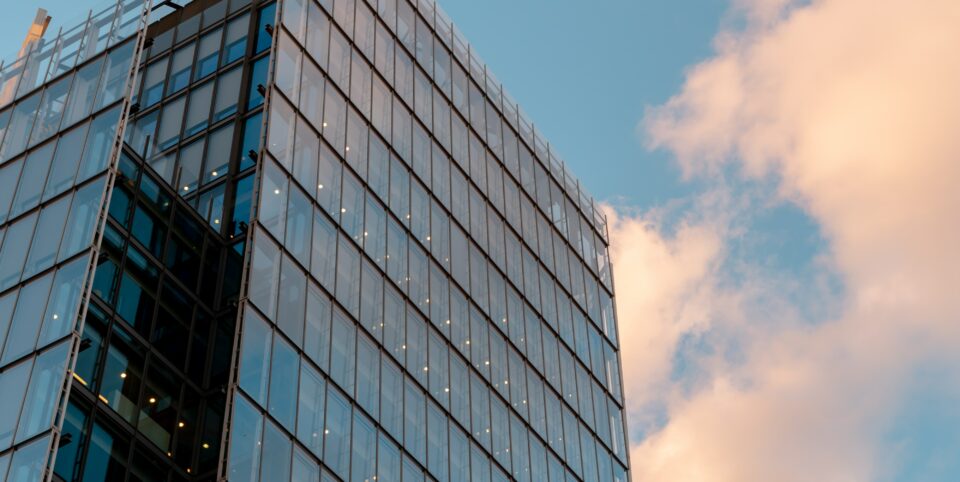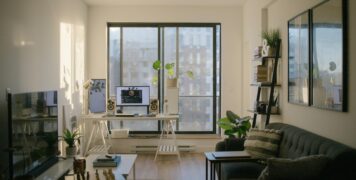Contact
020 4515 6728
info@ccameron.co.uk
Charles Cameron & Associates
Blackfriars Foundry
154-156 Blackfriars Road
London SE1 8EN
Understanding the costs of buying and selling investment properties
October 20, 2021
Information published was correct at the time of writing
When buying or selling a second home (whether it’s one you use personally or one you rent out), the rules on the taxes you’ll pay are a little more complicated than buying or selling a home that’s your main residence.…

When buying or selling a second home (whether it’s one you use personally or one you rent out), the rules on the taxes you’ll pay are a little more complicated than buying or selling a home that’s your main residence. The two major differences to be aware of relate to capital gains tax (CGT) and stamp duty.
Capital gains tax on second homes
Unlike selling your main home, selling a second home will incur a CGT charge. The rules for capital gains tax are:
• You will only pay CGT on the profit you make from selling the home, not on the total sales price
• The first £12,300 you receive in capital gains are tax-free (for the 2020/21 tax year) and all gains above that amount are taxed
• Basic rate taxpayers will be taxed at 18% (for the 2020/21 tax year)
• Higher rate and additional rate taxpayers will be taxed at 28% (for the 2020/21 tax year)
So, for example, if you were to sell a second home that you bought for £200,000 and sold for £210,000, you would not need to pay CGT (assuming you made no other capital gains in the tax year) as the £10,000 profit would be within your tax-free allowance. If you were to sell a second home that you bought for £200,000 and sold for £230,000, you would not pay CGT on the first £12,300 of profit (assuming you made no other capital gains in the tax year). Of the remaining £17,700, you would pay either £3,186 (18%) if you’re a basic rate taxpayer or £4,956 (28%) if you’re a higher or additional rate taxpayer. If you had carried out major building work or renovations, the costs of these could be deducted from the profit you made on the house before taxes are charged.
If you’re a second residence or a Buy-To-Let in England or Northern Ireland
Stamp duty is a tax paid when buying a property. The rates you’ll pay when buying a second home or a buy-to-let in England or Northern Ireland are higher than the rates you’ll pay when buying a first home.
So, for example, if you were to buy a main home for £600,000, you would pay £17,500 in stamp duty (5% of the portion of the property value over £250,000). If you were to buy a second home for £600,000 you would pay £35,500 (3% on the first £250,000 and 8% on the final 350,000).
What counts as a second home?
For the purpose of these tax rules, a second home is any residential property you buy while owning and residing in another property. This includes a property you buy for a family member, a holiday home, a second home in the countryside or a buy-to-let property. It even includes a property you buy before you have sold your current home (though the additional second home stamp duty rate will be refunded as long as that home is sold within three years).



